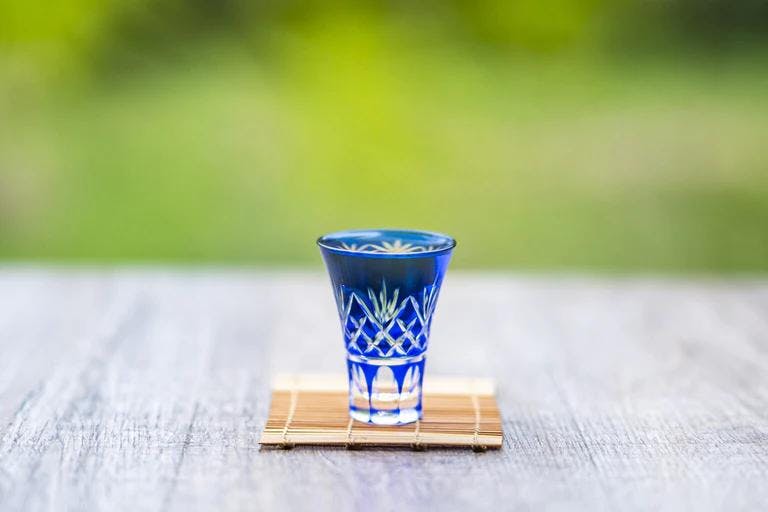Sake, Nihonshu or Seishu? What’s the Difference?
Table of Contents
Learning about an unfamiliar beverage in a foreign language can be intimidating. That’s definitely part of the reason sake hasn’t yet become as ubiquitous in the United States as wine. (However, many wine professionals are starting to think it will one day!) As a native English speaker, I totally understand. I’ve always had an admiration for — perhaps even a healthy obsession with — Japanese culture. The reason I studied to get my sake adviser certification was because I wanted to understand what all these Japanese words meant; I knew it would be the key to unlocking this amazing beverage.
I soon came to know that there were multiple words for what we in the U.S. call “sake,” two of them being “nihonshu” and “seishu.” But there are subtle differences between them, and they are not always interchangeable. Let’s go over what each of these words mean and when to use them.
What does “sake” mean in Japanese?
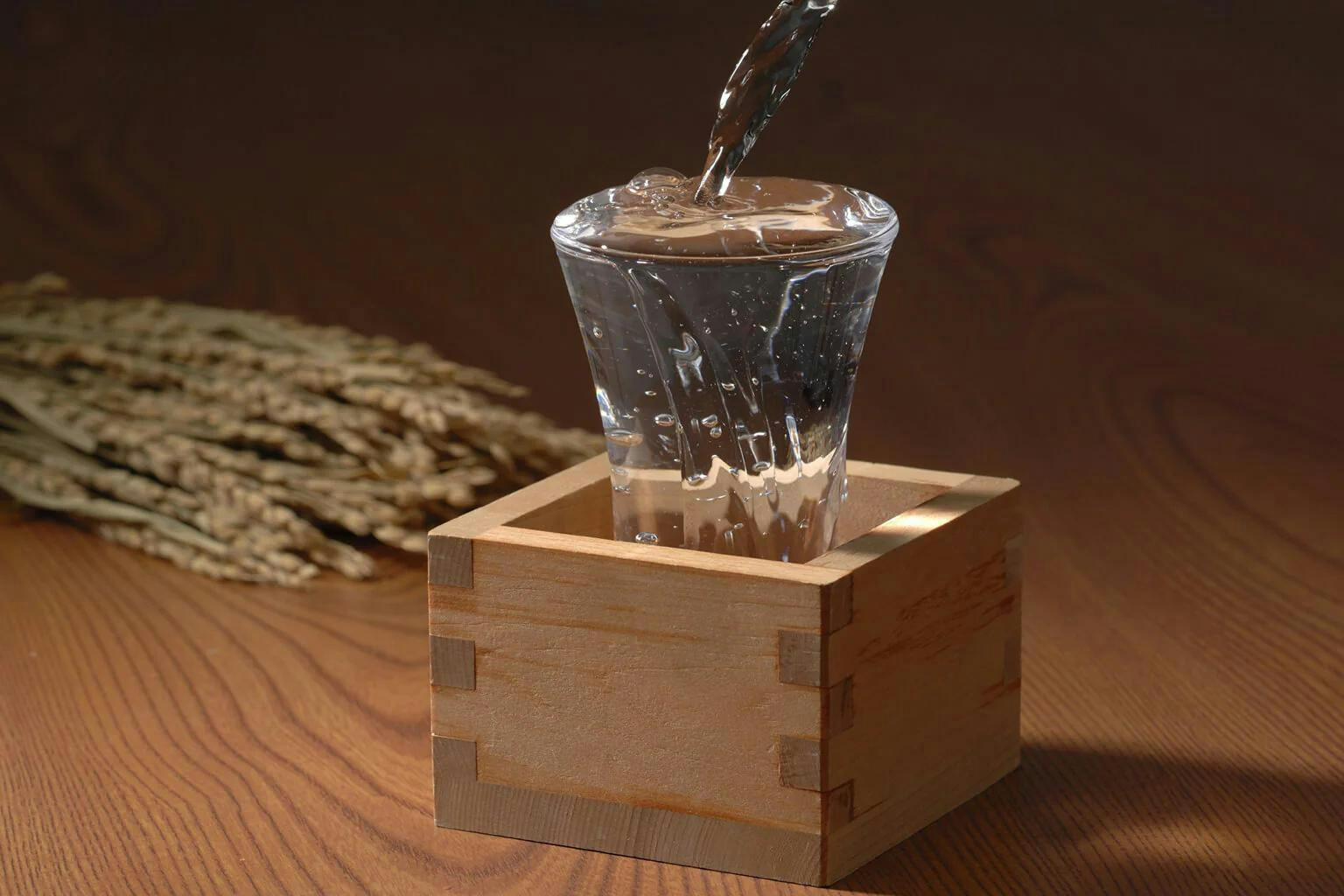
Sake is poured “mokkiri” style, overflowing into the wooden “masu” as a demonstration of generosity and hospitality.
In the U.S., “sake” is the word for the Japanese drink made from fermented rice. In Japan however, that word simply refers to all alcohol. So if you walk into an “izakaya” (Japanese gastropub) and ask for sake, you might get “Yes, obviously. What kind?” in return. After all, one doesn’t just walk into a bar in the States and say “I’d like one alcohol.” So instead of asking for sake, you’d be better off asking for nihonshu.
What does “nihonshu” mean?
What we call sake in America is actually a Geographical Indication beverage named Nihonshu (日本酒), with “Nihon” meaning Japan, and “shu” being the suffix for alcohol. As Japan’s national beverage with thousands of years of history, Nihonshu can only be made in Japan with ingredients grown and harvested there. Those ingredients are rice, rice koji, water, yeast and sometimes brewer’s alcohol. This definition is laid out by the country’s National Tax Agency.
At Tippsy, the vast majority of what you’ll find is Nihonshu, or Japanese sake. We do carry some sake made in other places, like New York’s Brooklyn Kura or Oregon’s SakéOne for example, but those cannot be classified as Nihonshu, which is why they’re sorted into the “Other” category. (Editor’s note: For stylistic purposes, we capitalize “Nihonshu” when referring to the Geographical Indication product, and use lowercase “nihonshu” when speaking about the beverage in more general terms.)
Below are some well-loved, top-notch examples of Nihonshu.
Dassai “23”
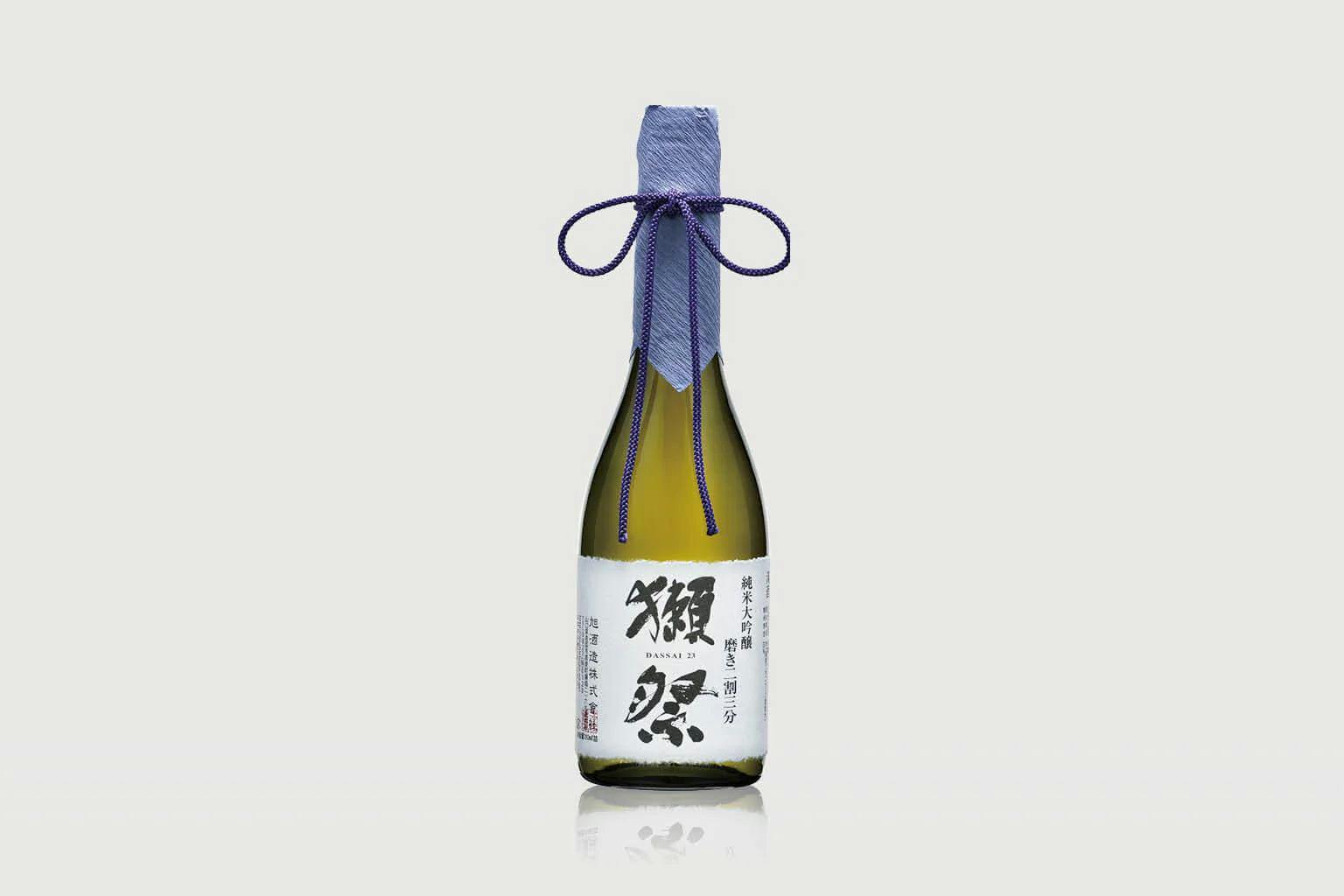
The Dassai brand by Asahi Shuzo Co., Ltd. is one of the most famous and highly esteemed sake brands. The label is solely dedicated to junmai daiginjo, which is the most highly polished pure rice sake. Dassai is adored for exceptionally well-balanced, clean and sophisticated sake marked by subtle fruit and confectionery flavors. The brand’s flagship product, Dassai “23,” was even served at a White House state dinner in 2015.
Born “Chogin”
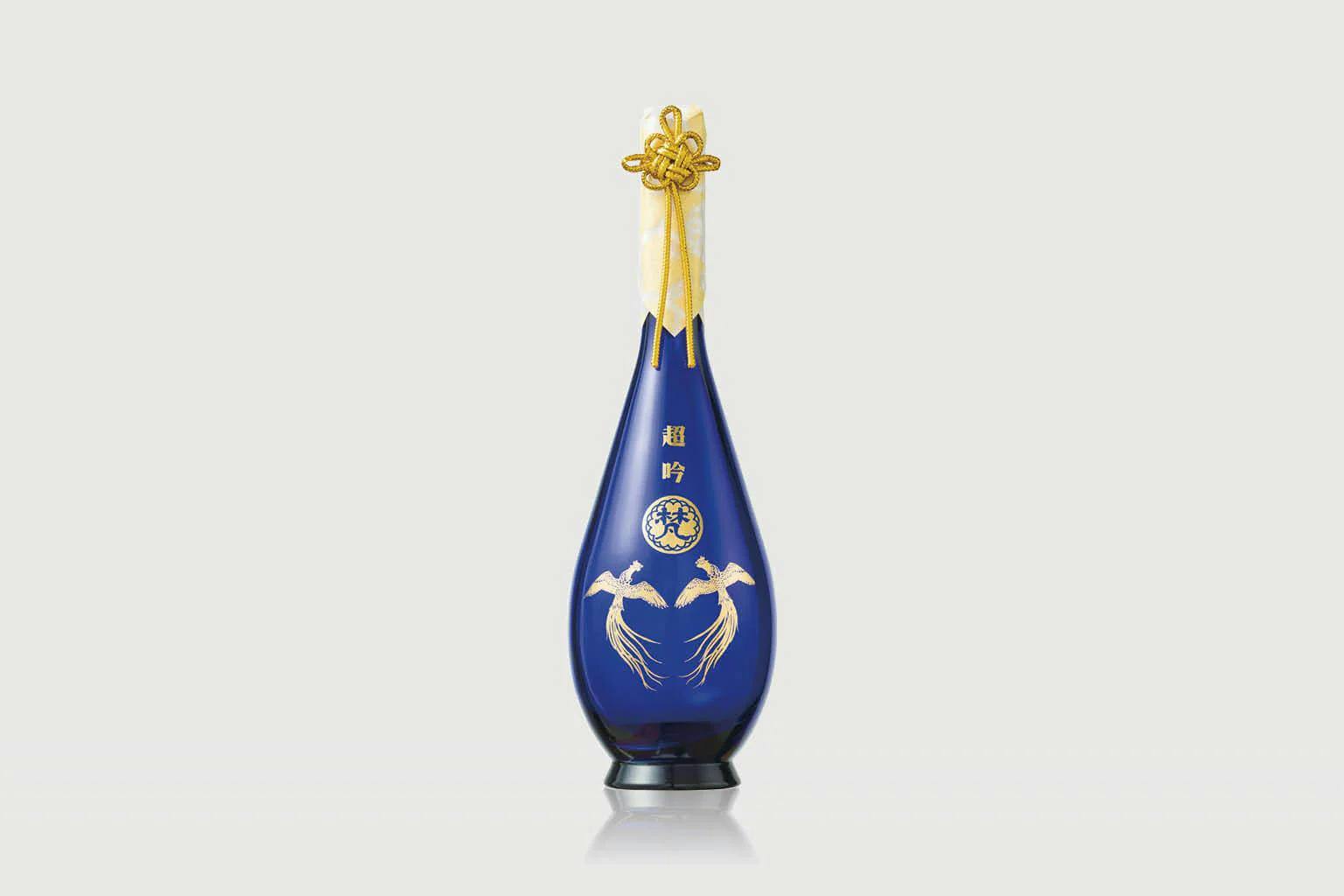
The Born brand by Katoukichibee Shouten is another shining example of sake’s role as a cultural pillar of Japan. It was first served at the Imperial Court during the Showa era (1926-1989), and this bottle is still served there today. The bottle even has a pair of phoenixes on the front, which are symbolic of the Imperial Household. If that’s not a stamp of approval, we don’t know what is! This is the brewery’s ultimate junmai daiginjo, with notes of apple, pear and pineapple.
Suigei “Tokubetsu Junmai”
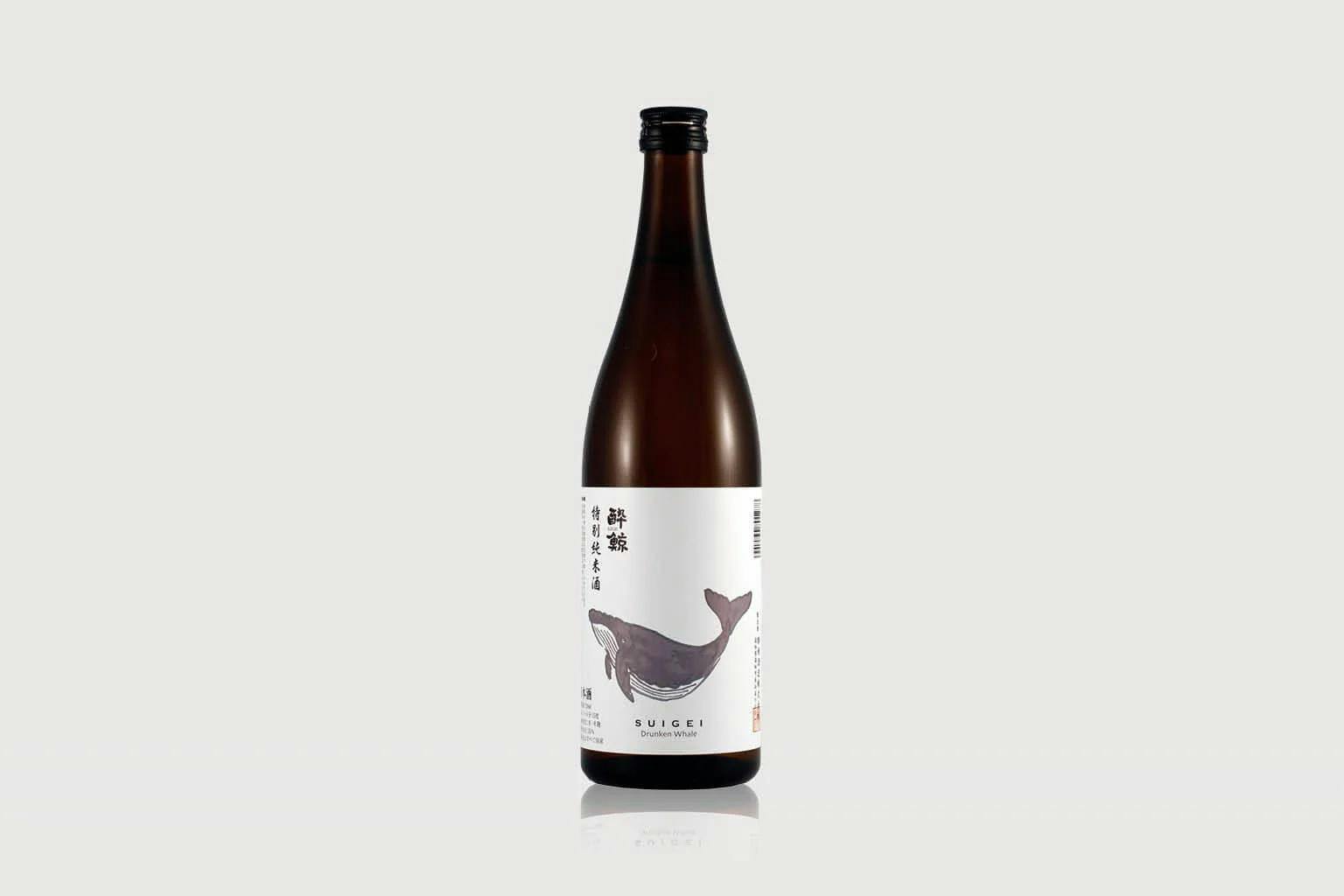
Suigei “Tokubetsu Junmai” can be instantly recognized by the whale on its label. It’s a familiar friend to many a sake drinker, and is an approachable bottle for first-timers as well. It was crafted by Suigei Brewing Company with the intention of being supremely food friendly. If you’re ever unsure about which sake to drink with dinner, Suigei “Tokubetsu Junmai” is a great bet, with its medium body, delectable umami and slight dryness.
What does “seishu” mean?
Seishu (清酒) is the legal term for the GI product of Nihonshu. It’s a classification of beverage with clear-cut rules stating its composition in Article III of the Liquor Tax Law. The word literally means “clear sake,” which is a reference to the fact that to be considered seishu, the liquid must go through some kind of straining. Wholly unfiltered sake, the ancient brew “doburoku,” is legally not considered seishu for this reason. Nigori sake, which contains some remaining sake lees left over from the brewing process, is considered seishu, however, because at least some sort of filtration has been applied.
Now, ingredients other than rice, koji, water and yeast can be added to seishu. These include brewer’s alcohol (“jozo” alcohol), sugar, amino acid salts, etc. Seishu with alcohol added (“arutenshu”) fall into sake types such as honjozo, ginjo and daiginjo. Seishu with other additional ingredients fall into the “futsushu” (table sake) category. Other factors that determine whether a bottle can be classified as seishu are alcohol percentage — between 1% and 22% — and the proportions of the ingredients used. Learn more about sake types with our Sake Guide.
Sake with added ingredients not accepted in futsushu, such as fruit in flavored sake or “umeshu” (plum wine), are placed in Tippsy’s “Other” category because they are not seishu.
Is sake rice wine?
People outside of Japan like to use the term rice wine interchangeably with sake, but is sake rice wine? Well, it’s not entirely wrong, but it’s not entirely accurate either. There are various types of rice wine, but there is only one sake — I mean, Nihonshu! I realize these terms can be dizzying and reminiscent of the schoolyard “is a square a rectangle” debate, but it’s worth looking into even just for the purpose of sounding like you know what you’re talking about. Take a deeper look at sake and rice wine.
Whatever you call it, it’s amazing!
The word you use to describe Japan’s national beverage can change depending on your audience. Outside of Japan or expert circles, “sake” is the word with which most people are familiar. Using “nihonshu” or “seishu” with Japanese speakers and sommeliers will definitely give you more street cred. But whatever you call it, it’s still the same inspiring beverage. And sometimes, the best approach is just to stop talking and drink it!
Resources:
“Annex 2 Product Specification of Geographical Indication ‘日本酒 (Nihonshu/Japanese sake).’” National Tax Agency of Japan.
https://www.nta.go.jp/english/taxes/liquor_administration/02_2.htm
Translation by Harper, P. “Sake Glossary: Seishu, Nihonshu.” Society for Nada Sake Research.
https://www.nta.go.jp/english/taxes/liquor_administration/02_2.htm
“Japan - Customs Duties, Taxes and Labeling Practices On Imported Wines and Alcoholic Beverages.” World Trade Organization, 1987.
https://www.wto.org/english/tratop_e/dispu_e/gatt_e/87beverg.pdf

Taylor Markarian
Taylor Markarian is a culture journalist whose work spans the food and beverage, entertainment and travel industries. She is passionate about world travel and learning about different lifestyles and subcultures across the globe. Markarian is also the author of “From the Basement: A History of Emo Music and How It Changed Society” (Mango Publishing, 2019). Explore her work by visiting her portfolio.
Learn about Tippsy’s Editorial process
Recent posts
All about sake
Sign up to receive special offers and sake inspiration!
